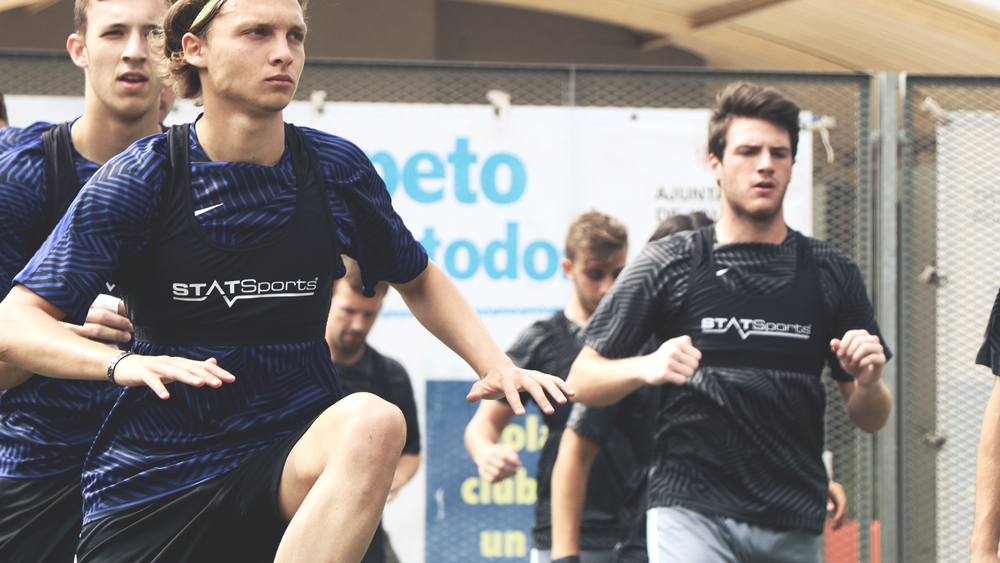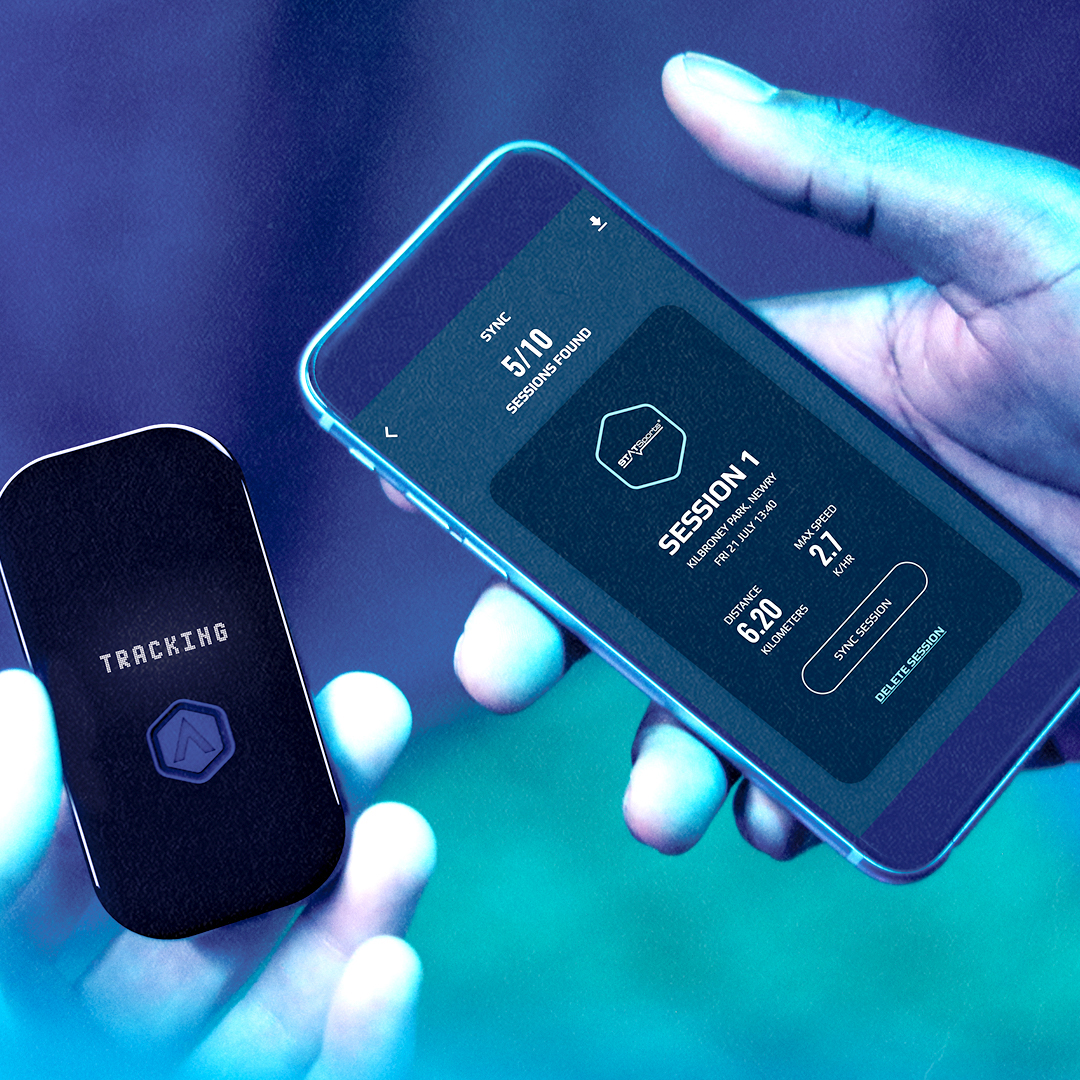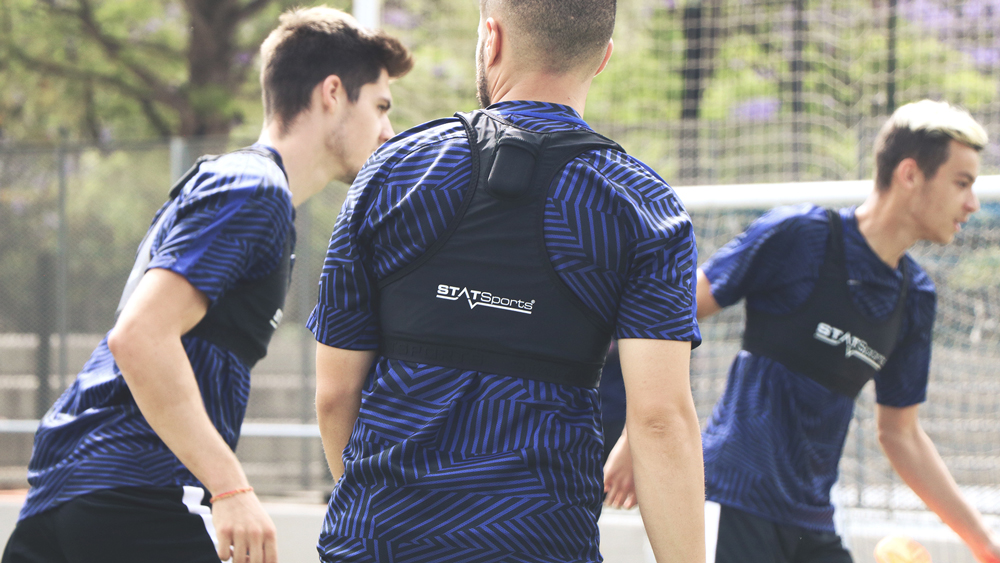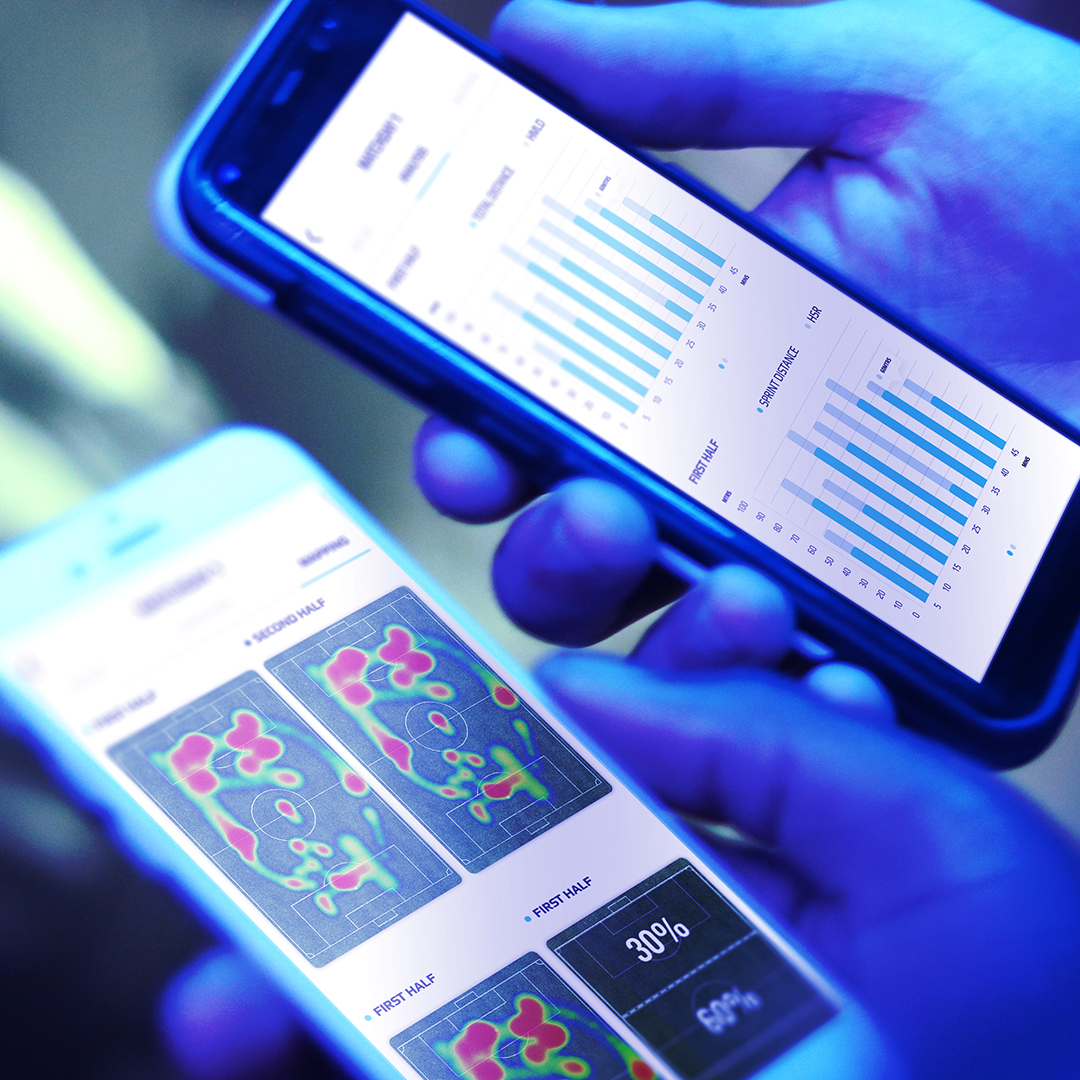The STATSports Apex Athlete Adds To The Growing Field Of Football GPS Trackers
One of the biggest data companies in the pro sports world has launched a consumer device so you too can track your performance on the pitch

In June, we reported on Playr (£200), a consumer GPS device worn in a cropped vest that lets footballers track their movement in a game. It was launched by Catapult, which supplies tracking, data and analytics to professional sports team across the globe.
Now hot on its heels comes a challenger, Apex Athlete (£250), which offers a very similar experience from STATSports, one of Catapult’s competitors in pro sports data. It’s not identical, though – one key difference is that Apex Athlete has in-app options to track sports other than “soccer”, as the app calls it. Those different sports are rugby, GAA (gaelic sports – STATSports originates in Ireland), field hockey and running. The Apex can also link to STATSports’ heart rate monitor, the Scosche Rhythm+ (£70), to deliver info on the maximum heart rate achieved, average heart rate and time spent in the red zone.

After trying Playr’s sleek package – the pod’s buttonless, uses an accelerometer to know when to start tracking, and comes with a wireless charging cradle – STATSport feels a bit clunky, beginning with the piercing and indecipherable beeps that greet you when you turn the tracking pod on and off. Aesthetics aside, once you’ve connected the tracker to the app, you start a session by turning the pod on, waiting until it beeps to indicate it’s locked on to a GPS signal (it doesn’t take too long; I hadn’t finished my warm-up), then slipping it into the vest and pulling it on.

As I discovered, it’s worth keeping the tracker well charged. While the battery can last for nine hours, there’s no way to check the battery’s level and if the juice runs out mid-game, as it did for me, the information logged to that point isn’t saved.
Once you have turned off the pod to stop the session and synced it, the app will ask you to orientate an aerial view of where you played to fit a pitch-sized rectangle so the app can create heat maps. Alongside those heat maps are the percentages of time spent in the defensive, midfield and attacking thirds of the pitch, as well as yellow arrows marking the direction of sprints. The good news is that you can manually adjust what counts as a sprint – in my first five-a-side session I clocked up just one sprint at the default sprint setting of six metres a second. I soon dialled that down.

There are plenty of other stats available on your session, although the acronyms used are a bit mystifying at first with no explanation in the app, so I had to dig around the corporate website to work out what acronyms like HSR, HMLD and DSL stood for. (They stand for high-speed running, high metabolic load distance and dynamic stress load.) I’d love to know what they mean and how they could help amateur footballers improve but that info doesn’t seem to be forthcoming, at least not in a format I can understand.
Like Playr, there’s also a leaderboard so you can compare yourself with other users of the tracker. Apex Athlete lists the top accounts for total distance, HMLD, max speed and HSR – both weekly (top ten accounts) and monthly (the top 20). While Apex Athlete breaks down how you compare to the top score, it misses the trick (which Playr pulls off) of providing a customised league table of people around your ability. Seeing how far away you are from the best is interesting, but when you’re not even within spitting distance it’s not especially motivating.
Get the Coach Newsletter
Sign up for workout ideas, training advice, reviews of the latest gear and more.
See related
That’s not to say Apex Athlete is without its uses, and if you’re part of a more serious amateur set-up you, or the people around you, may have the sports science knowledge to turn the data into something useful you can act on. For now, though, Apex Athlete falls well short of being accessible to the casual player.
It also fell foul of the same issue Playr did, which is that at the time of testing it wasn’t approved for use in games organised by the FA. However, STATSports representatives have told Coach that the product is now shipping with the required International Match Standard mark.
It just reiterates that it’s early days for consumer GPS football trackers, and unless you’re desperate to pore over your heat maps from your five-a-side matches or training, it may be worth letting the devices mature for a couple of generations.
Buy from STATSports | £249.99

Jonathan Shannon was the editor of the Coach website from 2016 to 2024, developing a wide-ranging experience of health and fitness. Jonathan took up running while editing Coach and used the training plans on the site to run a sub-40min 10K, 1hr 28min half marathon and 3hr 6min marathon. He’s an advocate of cycling to work and is Coach’s e-bike reviewer, and not just because he lives up a bit of a hill. He also reviews fitness trackers and other workout gear.
